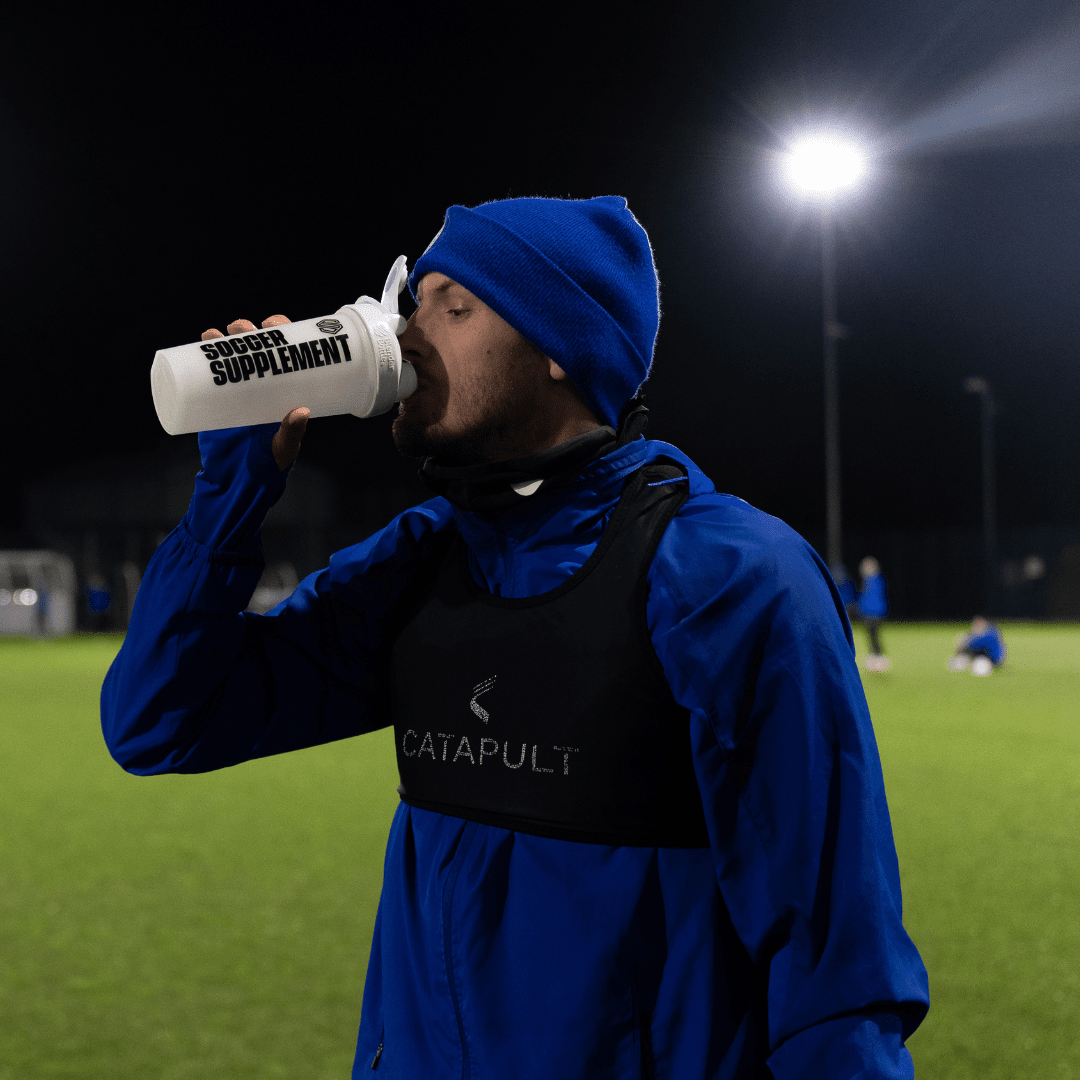Before working for a professional football club, I had the time on a Saturday afternoon to play football for my local team and train two evenings a week. Upon arriving at training on a cold evening, I would often get the footballs out before training, take shots and free kicks, hit long passes and maybe try and nutmeg a teammate while he's standing there with his legs split and arms folded. Training would then start with a warm-up of a few laps around the pitch, static stretching and then straight into football drills. At the time I thought that was fine and probably what most professional teams did. However, since beginning my career as a Sport Scientist in professional football, the warm-ups I deliver pre-training are very different to a few laps around and pitch and a handful of static stretches I used to do. The basic structure of a warm-up can easily be applied to the amateur setting to try and maximise physical performance and minimise the risk of injury.
Structuring a warm-up using RAMP
Why do we warm-up? The goal of the warm-up is to prepare the footballer both physically and mentally for training and competition and can be structured in a way to achieve this. As the name suggests, the basic structure of a warm-up should be seen as a RAMP, starting at a low intensity and progressing to a higher intensity as the warm-up goes on. Typically, the warm-up lasts up to 15 minutes and can be broken down into three, 5-minute sections.
1. Raise (5 minutes): raising aims to elevate body temperature, heart rate and breathing rate using low-intensity activities. Typically, this is the "few laps around the pitch" part, but it can be monotonous. Football isn’t played by running around the outside of the pitch, it involves multi-directional movement, stopping and starting, turning and jumping amongst many other actions. Therefore, the raise activity should mimic this. Why not try a light-hearted game of handball for 5 minutes?
2. Activate and Mobilise (5 minutes): long-gone are the days of the notion of static stretching before exercise. Yes, there is a place for static stretching and its discussion warrants an article alone, however immediately pre-exercise dynamic stretching is arguably more appropriate. The major muscle groups; glutes, hip flexors, hamstrings, quadriceps, calves need to be activated and mobilised. For example, rather than a static hamstring stretch for 30 seconds, an alternative could be a ten forward straight leg kicks to dynamically activate and mobilise the hamstring. This form of stretching can be applied to all major muscle groups
3. Potentiation (5 minutes): potentiation can simply mean high-intensity activities such as sprinting, agility and jumping to prime the players for the football drills they’re about to go into. During this phase of the warm-up, all activities should be performed at maximal intensity, and competition should be encouraged at all times. For example, a simple straight 20m race, three times between players in the same position is a good way to end the warm-up and spark some smiles on faces.
Conclusion
To conclude the RAMP protocol offers a very basic framework for structuring a warm-up, prepares the footballers to go into high-intensity football drills ready and potentially lowers risk of sustaining an injury. So, rather than spending time jogging around the pitch and half-heartedly static stretching, try and incorporate the RAMP warm-up to prepare yourself physically and mentally for training, and if high-intensity potentiation drills are carried out frequently at the end of each warm-up, you may even find yourself getting quicker and more agile.
Click here to shop our range of Footballer Performance Supplements.







